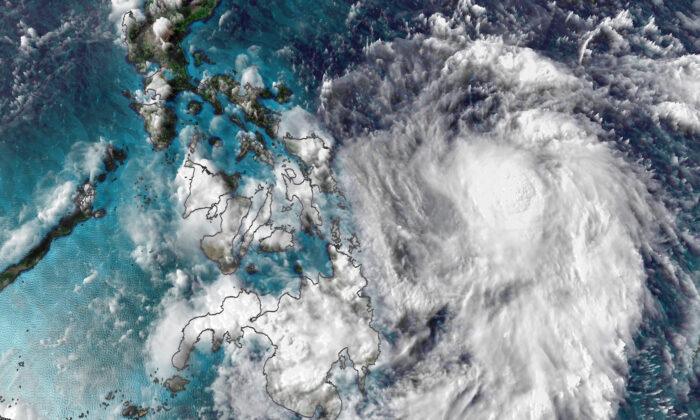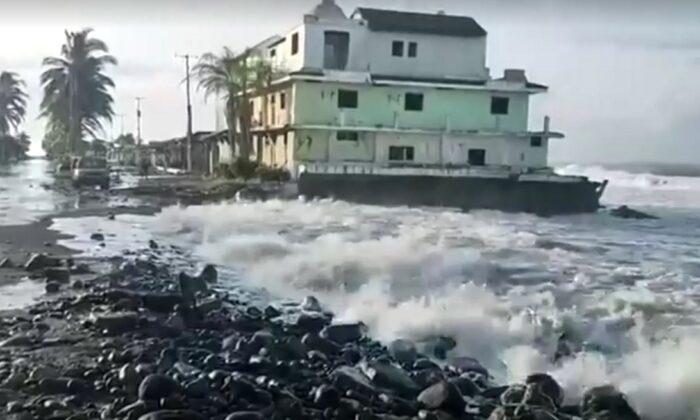The West Pacific typhoon season doesn’t have a defined beginning and end like the Atlantic hurricane season as storms can form throughout the year. While the peak of the typhoon season is late summer, there are frequently named storms in the winter or early spring due to the warm waters of the Pacific.
Typhoon Vongfong
Typhoon Vongfong is located just east of the central Philippines and is slowly drifting northward. During the day Wednesday the storm is forecast to slowly turn to the west and begin to approach the central Philippines.Vongfong is currently a Typhoon, but it continues to become better organized and will steadily strengthen as it moves closer to the Philippines.
While the storm is expected to be a typhoon at landfall, the impacts from the winds will be more localized right around the landfall location. However, heavy rains from the slow-moving system are expected to be more widespread.
“Vongfong will certainly bring significant rainfall and the threat for flash flooding from the Visayas, to the Bicol Region, and even through metro Manila,” Sater said.
Widespread rainfall amounts of 100 to 250 mm (4 to 10 inches) are expected across the central and northern Philippines through Sunday. Vongfong is expected to turn back to the north and move through Luzon on Friday and through the weekend before exiting the region Sunday.
With the Philippines located in prime breeding grounds of the tropical Pacific they are certainly no stranger to tropical systems. In an average year they are impacted by eight to nine storms.





Friends Read Free